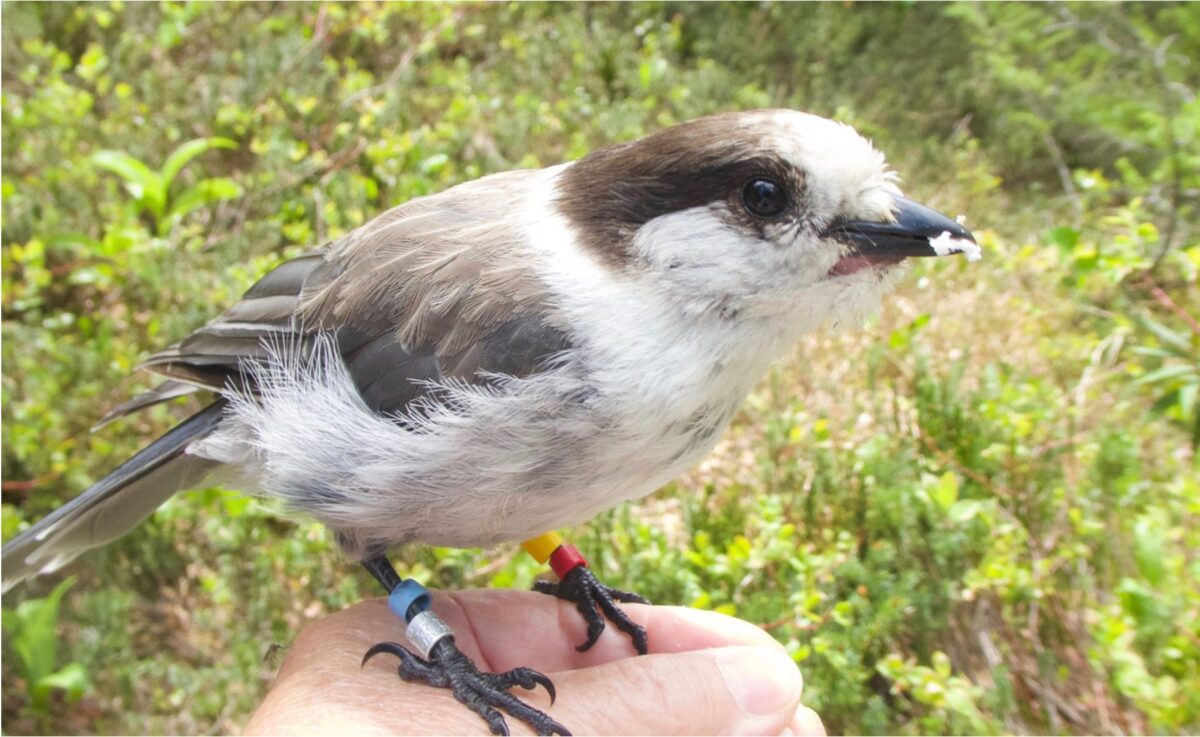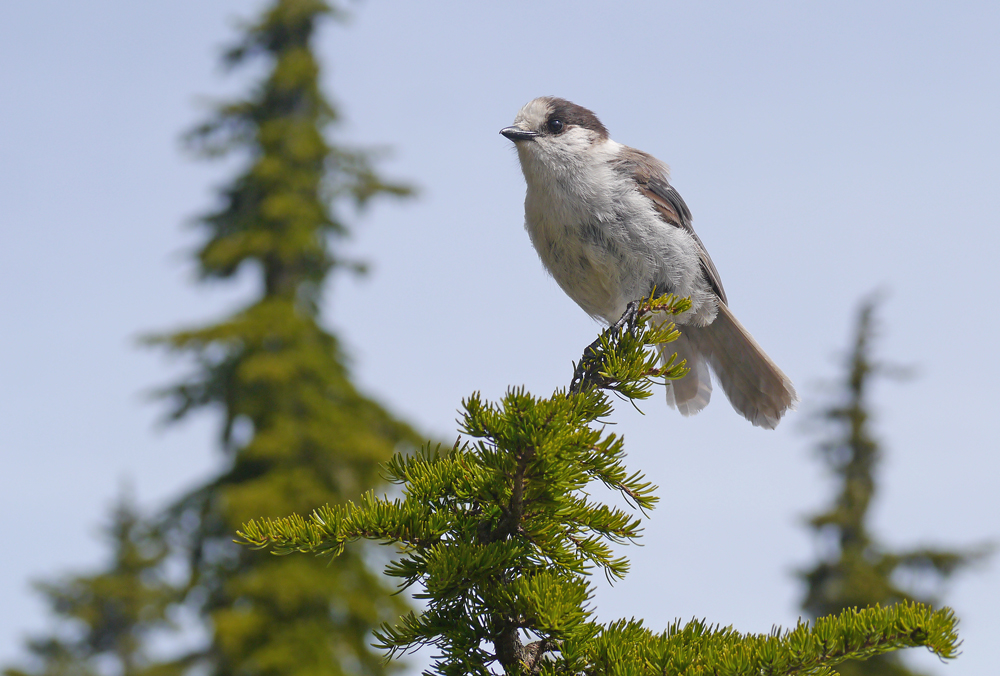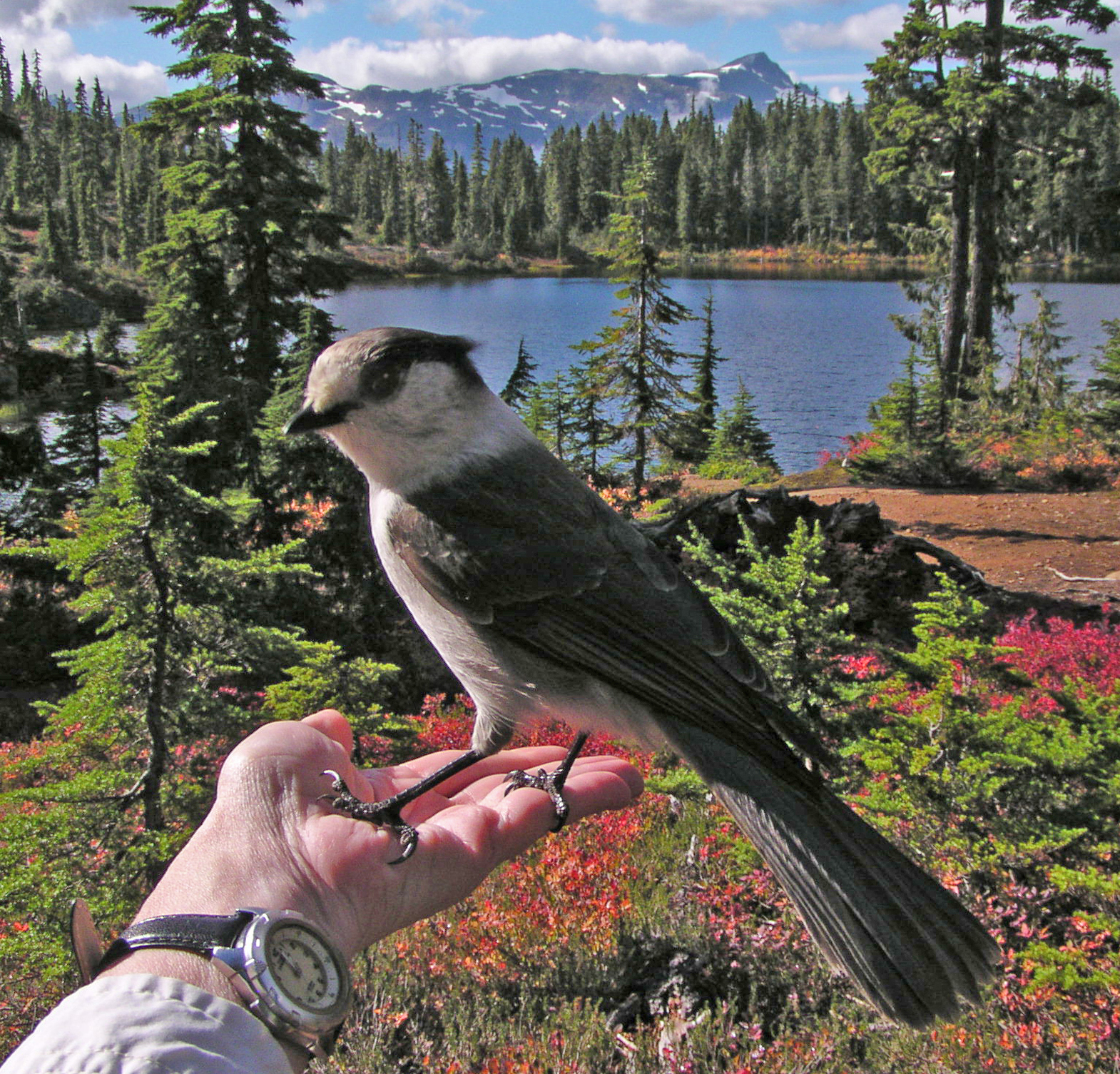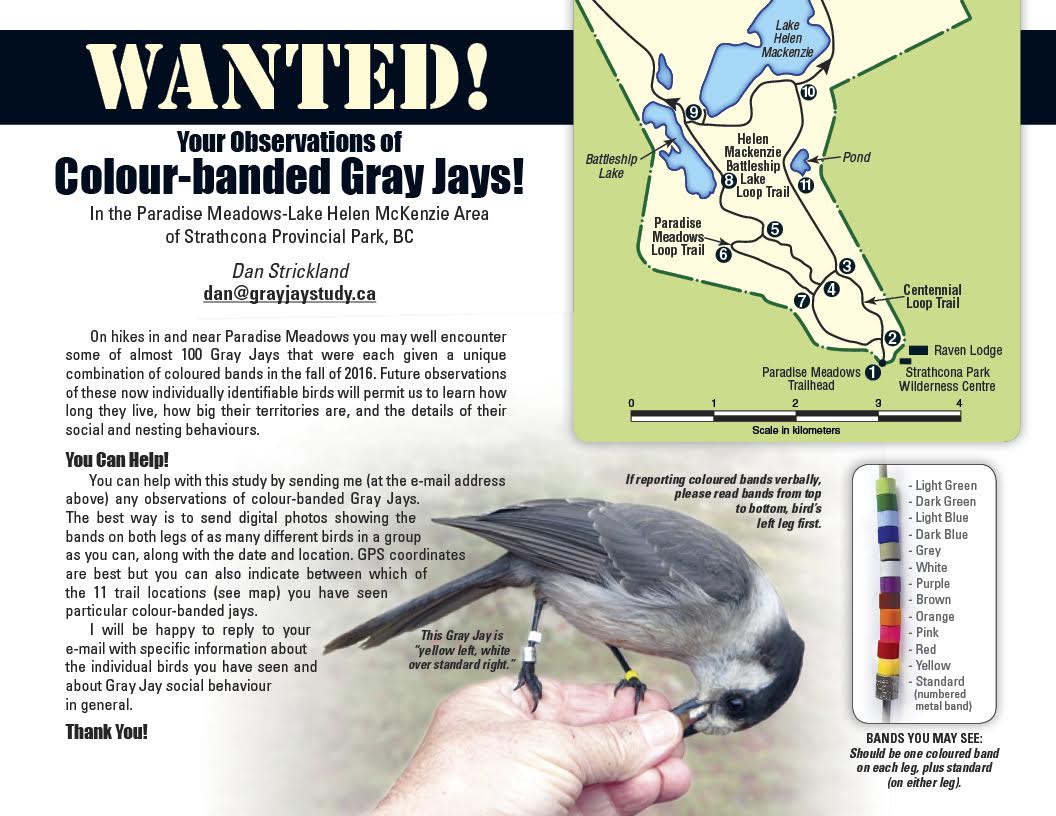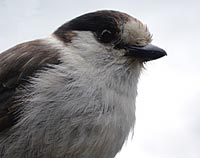The following articles contain important information regarding the latest scientific research regarding Strathcona Provincial Park. Links to the full articles are available below for anyone to access. Additionally our Research & Presentations page includes many informative presentations that you can watch for free.
Mycetozoans and the Continuity of Life
Loys Maingon, Strathcona Wilderness Institute
January 21, 2024
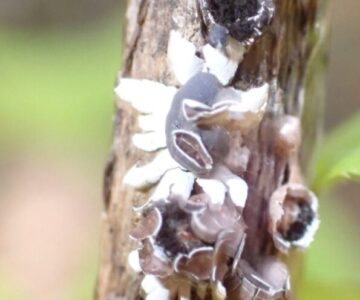
Although the Salish Sea region is home to about 90 known species of “slime molds,” Mycetozoans are notoriously hard to spot, even if you know what you are looking for. I was used to seeing the usual common slime molds after a rainfall (Fuligo septica, Physarum polycephala, Lycogala epidendrum, Stemonitis and Trichia, all of which can be found in guide books.) As one expert aptly notes after forty-five years of experience: “They are usually hard to find, but their beauty rewards the time, persistence, and luck it takes to find them.”
Toxic Myra Falls Mine 2024 and BC’s “Protected Areas”: Are We Waiting for the Time-bomb to blow up?
Loys Maingon, Strathcona Wilderness Institute
February 10, 2024
Toxic Myra Falls Mine 2024 and BC’s “Protected Areas”: Are We Waiting for the Time-bomb to blow up?
Over the past four years BC’s government has granted expansion permits to the new owners of the Myra Falls mine, without any public consultation. On December 18, 2023, after a couple of years of mine expansion activity that was supposed to boost investments …
Canada Jay Research Project Paradise Meadows, Strathcona Provincial Park
Dan Strickland
Reports:
The Canada Jay Research Project is an ongoing research project on the Canada Jay populations in Paradise Meadows and surrounding areas that was initiated in 2016.
The Canada Jay has three recognizable races that all meet in British Columbia. The one in the mountains of Vancouver Island and the mainland coast is the most distinct and for 60 years was even considered to be a distinct species called the Oregon Jay. Dan Strickland began a study of a population of these jays at Paradise Meadows in 2016 and in the last four years has learned that they are even more distinct than we realized, not only in appearance but also in their social organization and nesting.
An online presentation from Dan Strickland in 2021 on the Canada Jay Research Project is available to watch for free on our Research & Presentations page.
Biodiversity and A New Species of Gastrotrich in Strathcona Provincial Park?
Loys Maingon, Strathcona Wilderness Institute
November 10, 2023
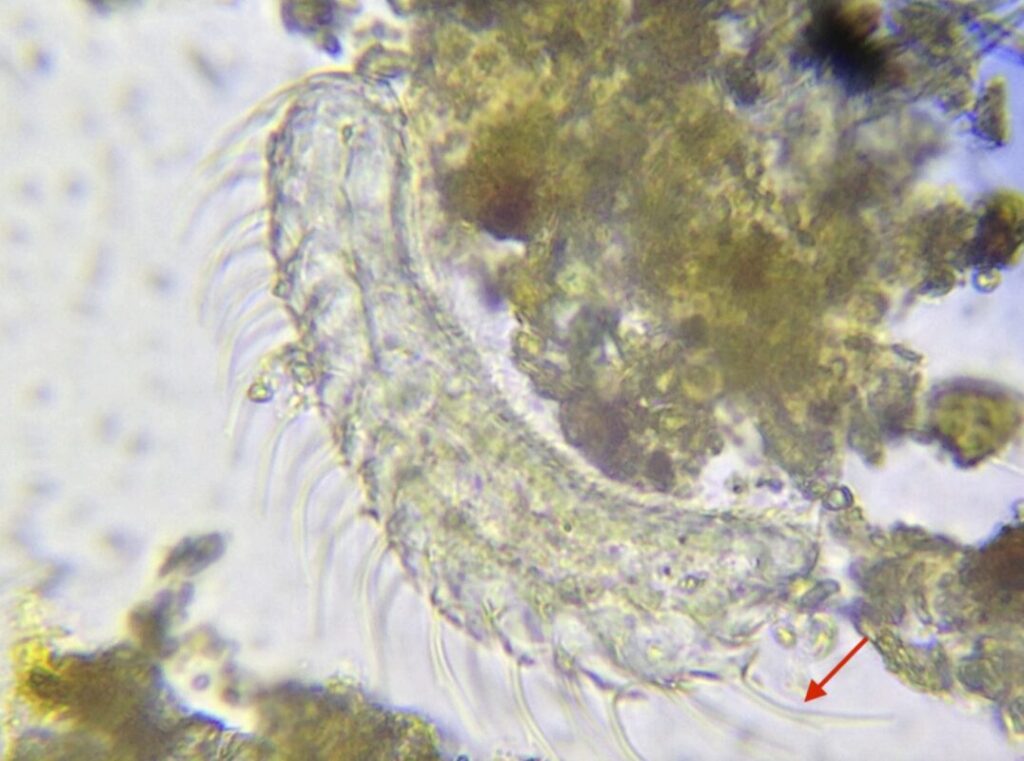
Currently 100 species of gastrotrich are accounted for in North America. As noted by Strayer, Hummon and Hochberg: “In North America perhaps 75-90% of the probable diversity of freshwater gastrotrichs species are undescribed.” 4 That means that between 400-1000 species have yet to be discovered! It is therefore not too surprising to discover as yet undescribed species in the lakes and streams of Strathcona Provincial Park.
Two New Endangered Lichen Species In Strathcona Provincial Park Raise Concerns about BC Parks Management of Conservation Areas
Loys Maingon, Strathcona Wilderness Institute
August 29, 2023
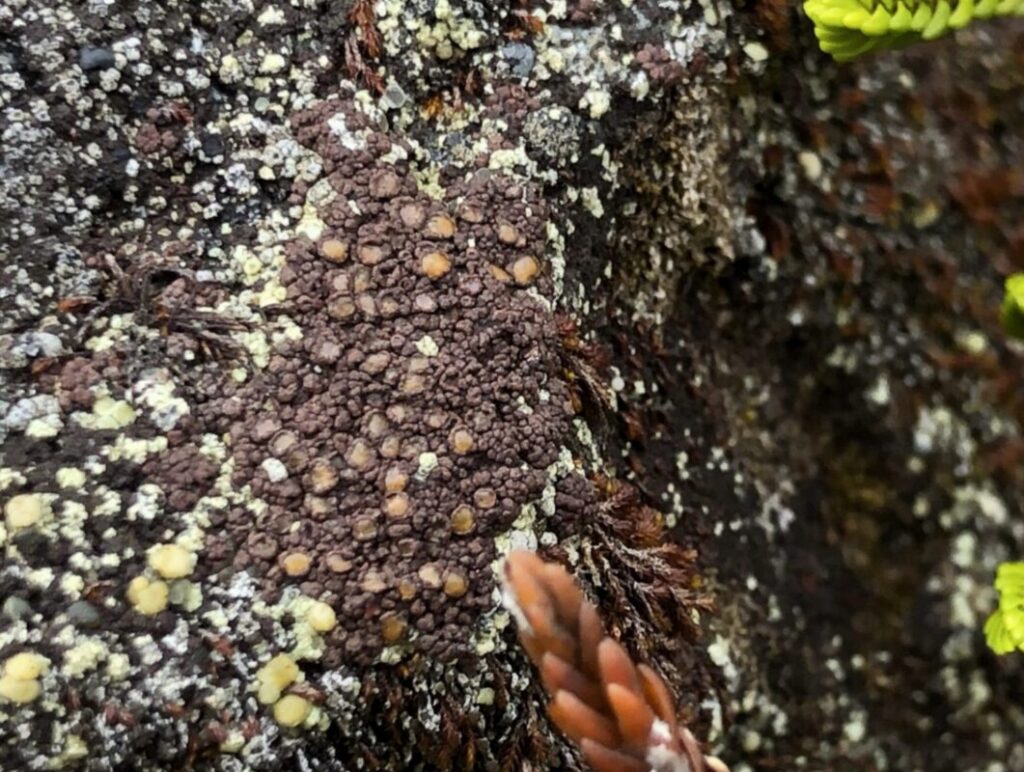
This summer, in spite of adverse conditions created by the challenges of a year of climate extremes the Strathcona Wilderness Institute was able to add to the record of new species documented in Strathcona Provincial Park. The first, Euopsis granatina is a red-listed species new to Vancouver Island, and the other tentatively appears to be a new species to science: “Euopsis X”.
Without an over-arching biodiversity protection act, what protections exist for biodiversity in British Columbia? A case study of Oldgrowth Specklebelly Lichen (Pseudocyphellaria rainierensis)
John Neilson, Loys Maingon, Natasha Lavdovsky
November 7, 2022
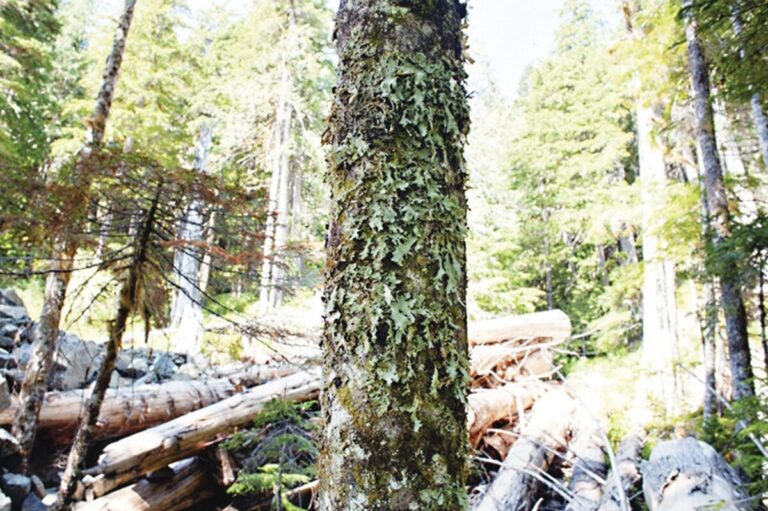
“As scientists with backgrounds in monitoring and assessment of plant and animal populations in Canada, we are concerned with the biodiversity implications of declines in old-growth forests on Vancouver Island. Our experience recounted here illustrates the practical roadblocks that scientists and the public interested in protecting biodiversity in British Columbia (BC) face, and the lack of the lack of for protection of at-risk species through legislation, regulatory bodies, “ecolabel” certification, or public pressure. We conclude with some thoughts on how conservation objectives can be better met, as Canada moves towards new models for land stewardship and reconciliation.”
Cosmarium woronichinii: Record of a Rare Species in Strathcona Provincial
Park, New to the Americas
Loys Maingon, Strathcona Wilderness Institute
May 28, 2022
Not all the gold in the Price Creek Valley is mineralogical, or fool’s gold. Though no cairn stands to commemorate, as it should, the dedication, vision and valour of the mine protestors of 1988-9 who were socially berated, arrested and sentenced, as are the protestors of Fairy Creek today, and none were ever given the Orders of BC or Canada, they are to be commended and remembered for saving a public treasure of unique invaluable biological gold for future generations. This is confirmed by the discovery May 20 2022, in the Price Creek Valley of an extremely rare algal species which is not listed in any known species data banks routinely consulted by phycologists such as the Integrated Taxonomic Information System…
“Alison’s Gloiodon”: A Palmetto Unique to Science and Strathcona Provincial Park (for now…)!
Loys Maingon, Strathcona Wilderness Institute
May 27, 2022
There may be stranger things in remote parts of Strathcona Park than Horatio might think in heaven and earth. Though fossil cycads can and have been found in the park, and climate change is upon us progressing irreversibly, it would defy science and common sense, to find a native palmetto endemic to Vancouver Island in the subalpine reaches of Strathcona Provincial Park…
Saving Strathcona Provincial Park
Loys Maingon (MA, PhD, MSc, RPBio)
21 November 2021
The impact of the recent extremes of weather on the wilderness ecosystems of Strathcona Provincial Park should be of concern to all of us. The clock of climate change cannot be set back, regardless of all the accords signed at COP summits. SWI Director Loys Maingon calls for updated and integrated planning for wilderness areas that recognizes the crucial role that biodiversity must play in the preservation of wilderness ecosystems.
"Scytinium polycarpum": New Records of a Red-Listed Lichen Species in Strathcona Provincial Park
Loys Maingon (MA, PhD, MSc, RPBio)
28 May 2021
For an account of how new surprises in the world of lichens are appearing in Strathcona Provincial Park.
